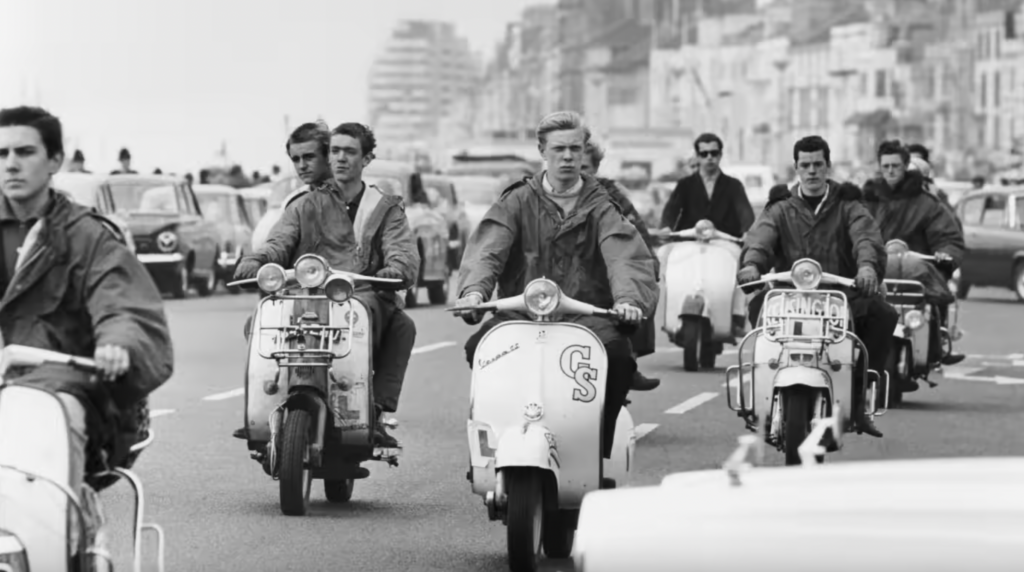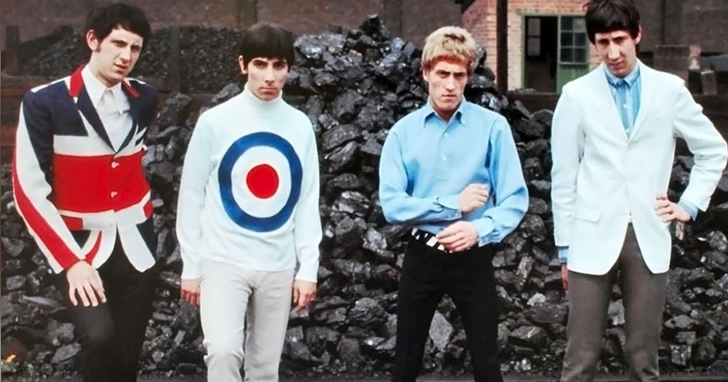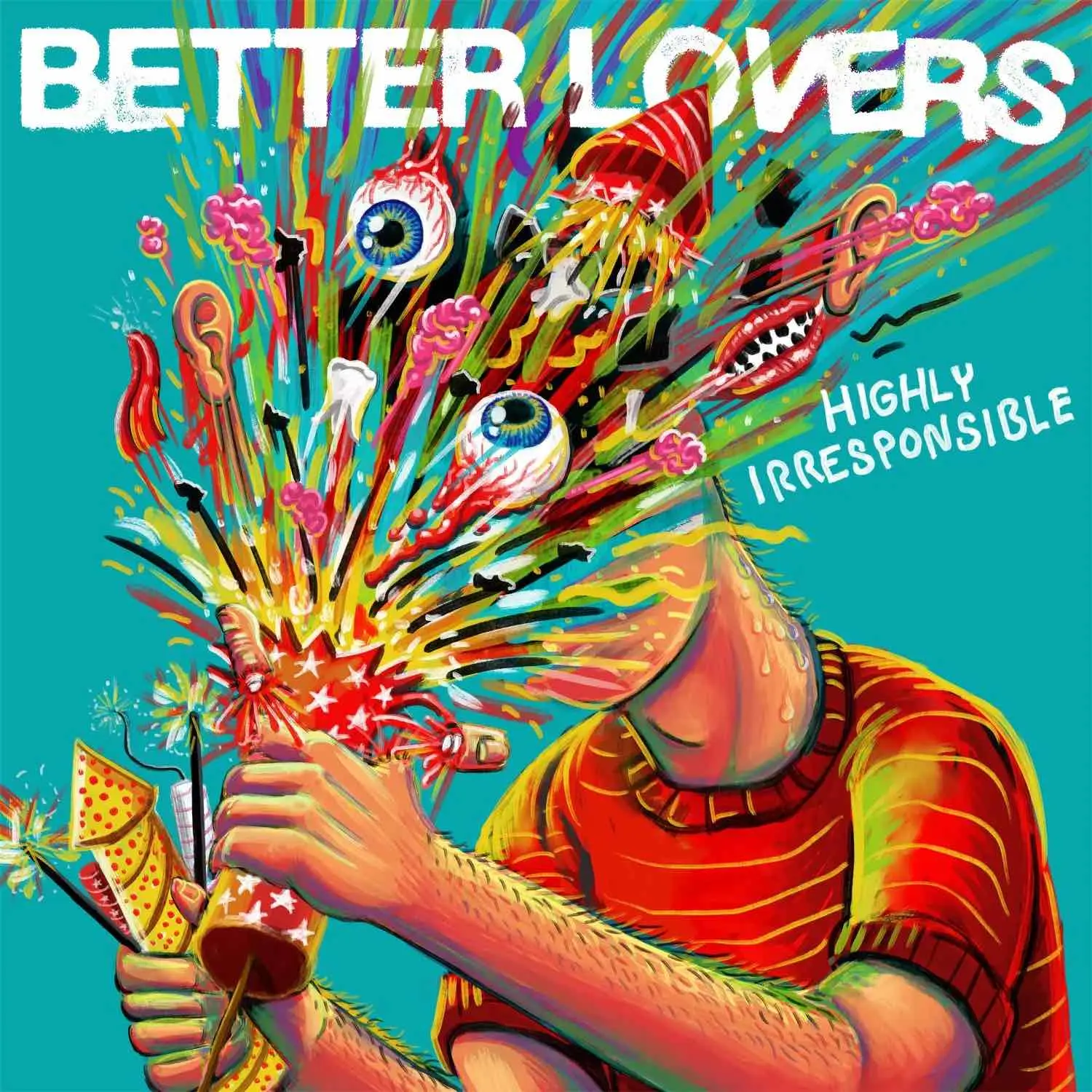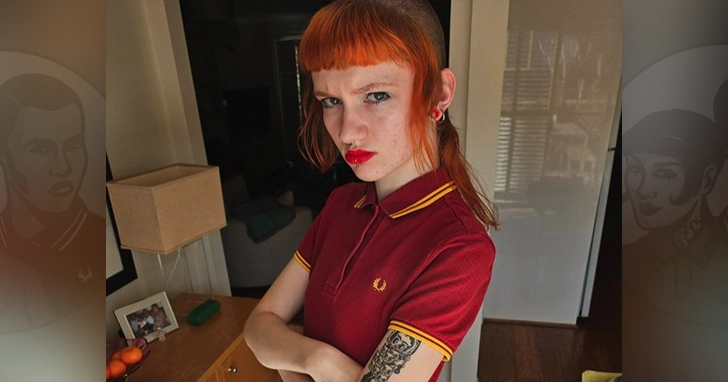Mod culture began in Britain during the late 1950s and flourished in the 1960s. It was much more than just a youth movement; it was a way of life that combined fashion, music, and attitude. Mods were modern, stylish, and forward-thinking, shaping a new identity for young people nationwide.
Roots
“Mod” comes from “modernist,” referring to young people in post-war Britain who embraced modern jazz music. By the early 1960s, this movement evolved into other music genres, like rhythm and blues, soul, and ska. Mods admired the sharp suits and sophistication of American jazz musicians, which influenced their fashion.
As Britain recovered from World War II, young people had more disposable income and a desire to express themselves. The Mod movement was a reaction against the older generation’s traditional values and the dullness of working-class life. It was about breaking free, having fun, and being stylish.
Fashion
One of the defining features of Mod culture was its emphasis on fashion. Mods were obsessed with looking sharp and immaculate. They wore slim-fitting Italian suits, button-down shirts, and stylish shoes. Harrington jackets, polo shirts, and parkas also became key pieces in their wardrobe. The parka, in particular, was practical for riding scooters and keeping their suits clean.
For women, Mod fashion meant mini-skirts, bold geometric patterns, and dramatic eyeliner. Designers like Mary Quant were hugely influential, promoting the youthful and rebellious spirit of Mod style.
Mods paid close attention to detail, whether it was the cut of their trousers or the shine of their shoes. They wanted to stand out but also belong to a group that shared the same values and tastes.
Scooters
Scooters were an essential part of Mod culture. Brands like Vespa and Lambretta were popular because of their sleek, stylish design. Mods customised their scooters with mirrors, lights, and chrome details, turning them into symbols of personal identity.

Scooters were more than just transportation; they were part of the Mod lifestyle. They allowed young people to travel to seaside towns like Brighton and Margate, where Mods would meet for social gatherings and, occasionally, rivalries with Rockers.
Music
Music was at the heart of Mod culture. Early Mods loved American jazz and blues, but by the mid-1960s, British bands like The Who, The Small Faces, and The Kinks became the soundtrack of the movement.
The Who’s song My Generation perfectly captured the Mod spirit, with its themes of youthful rebellion and individuality. Clubs like The Marquee in London and Twisted Wheel in Manchester were popular venues where Mods danced all night to their favourite tunes.
Soul music, especially from labels like Motown and Stax, was also incredibly popular. Mods loved the energy and rhythm of songs by artists like Marvin Gaye, Stevie Wonder, and The Supremes. The connection between music and fashion was strong, with Mods often imitating the style of their musical heroes.
Music
One of the most famous aspects of Mod culture was its rivalry with Rockers. While Mods were stylish and modern, Rockers preferred leather jackets, motorbikes, and rock ‘n’ roll music. The two groups clashed in a series of seaside brawls during the 1960s, creating sensational headlines in British newspapers. These clashes, though exaggerated by the media, symbolised the cultural differences between the groups. Mods represented the future, while Rockers held on to the past. The rivalry was also a way for young people to assert their identity and rebel against society’s expectations.
The Who
The Who is often considered one of the most iconic bands associated with Mod culture. Formed in London in 1964, their music, style, and attitude perfectly matched the energy and rebellious spirit of the Mods. While the band was not originally a Mod group, they quickly became a favourite within the scene and even embraced it as part of their identity.
The band also embraced the fashion associated with Mods. They wore sharp suits, and bold colours, and incorporated Mod symbols like the RAF roundel (the “target” symbol) into their branding. Roger Daltrey, the lead singer, often wore outfits that reflected the clean, stylish look Mods admired, while Pete Townshend’s Union Jack jackets became iconic.
The decline
By the late 1960s, Mod culture began to decline. The original movement was overtaken by other trends, like hippie and psychedelic styles. However, Mod culture left a lasting impact on British fashion, music, and attitudes.
In the late 1970s, there was a Mod revival, inspired by bands like The Jam and the film Quadrophenia. This brought a new generation of young people into the Mod lifestyle, keeping its spirit alive.
Today, Mod culture is celebrated around the world. Its influence can still be seen in modern fashion, music, and even advertising. For many, being a Mod is not just about the past; it is a timeless way of expressing individuality and style.
Mod culture was important because it gave young people a voice and a sense of identity. It showed that fashion and music could be powerful tools for self-expression. Mods were not just followers of trends; they created a movement that shaped British culture and inspired future generations.
In a time when Britain was changing rapidly, Mods stood out as confident, stylish, and independent. They represented a new, modern Britain—a country where youth culture mattered and where young people could shape their own future.
Mod culture was a revolution of style and sound, and its legacy continues to inspire people around the world today.

 Jera On Air 2025: more names (update)
Jera On Air 2025: more names (update)  Better Lovers – Highly Irresponsible
Better Lovers – Highly Irresponsible  Lee
Lee  The Waffle-Cardigan story
The Waffle-Cardigan story